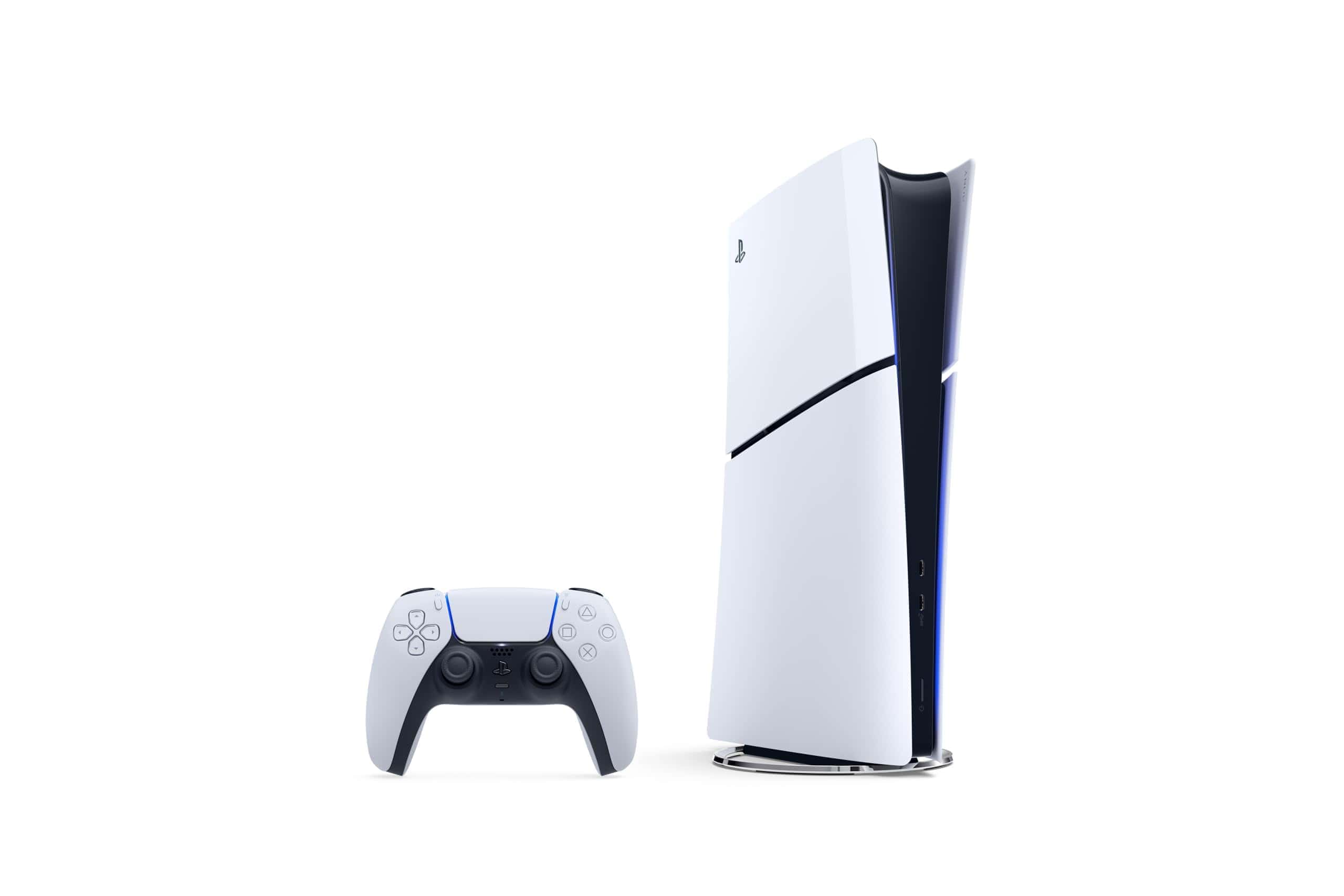
Although the global launch of the Nintendo Switch 2 has generated significant industry attention, Sony Interactive Entertainment expressed confidence in PlayStation 5’s position despite the new competitor. During a recent business segment meeting, SIE president and CEO Hideaki Nishino acknowledged that competition benefits the industry and successful product launches benefit everyone. Given Sony’s success, does its differentiated strategy centered on high-fidelity immersion provide a sustainable competitive edge?
Sony Crowns PS5 Developers’ Premier Playground

According to Nishino, Sony’s distinct approach emphasizes that the PlayStation 5 specifically targets an immersive gaming experience. Furthermore, the CEO highlighted the innovative features of the DualSense controller as integral to this strategy. Moreover, he asserted that PS5-level performance remains crucial for delivering an exceptional experience on large screens. As a result, both players and creators within the current console generation are provided a unique offering by the company.
For developers seeking a wide audience, Nishino reaffirmed PlayStation 5’s positioning as the premier platform amidst increasing multi-platform releases. With Sony empowering creators to leverage PlayStation’s offerings and services, they can build highly engaging, unique experiences with strong monetization potential. Furthermore, PlayStation Studios and its iconic franchises have consistently demonstrated the PlayStation experience, strengthening player loyalty even as industry dynamics evolve. That said, does the platform have a competitive advantage due to its multi-generational appeal across diverse franchises?
Sony’s Multi-Gen Appeal Challenges Nintendo’s Youth Stronghold
According to PlayStation Studios head Hermen Hulst, the strategic value of Sony’s exclusive titles lies in their role in fostering distinct player loyalty. Contrastingly, Nintendo’s core offerings cater to a different demographic than franchises like God of War and The Last of Us. To showcase how this deliberate diversity targets multiple player segments simultaneously, Hulst further detailed PlayStation’s diverse portfolio:
- Marvel’s Spider-Man attracts multi-generational fans
- Horizon resonates strongly with female players
- Astro Bot appeals broadly to both children and adults
Each gaming platform presents distinct advantages and limitations, with players exclusively accessing Mario Kart on Nintendo hardware, and The Last of Us remaining firmly within PlayStation’s ecosystem. Whereas Nintendo designed the Switch 2 specifically for portability, Sony optimized the PlayStation 5 for immersive, cinematic home experiences. Given these two different approaches, which one better aligns with individual player preferences: mobility or high-fidelity immersion? Ultimately, players must evaluate these differing approaches to determine their ideal platform. However, selecting between these consoles depends entirely on matching their unique strengths to personal gaming priorities and lifestyles.
Nintendo’s Hot Start, Sony’s Cool Confidence
Nintendo achieved record-breaking sales with The Switch 2, which has become its fastest-selling hardware within days by moving over 3.5 million units worldwide. During a recent investor Q&A session, PlayStation leadership formally addressed this significant new competitor, with Nishino responding directly to questions about potential impacts from the Switch 2. With Nintendo’s strong appeal to younger demographics and expanded third-party support, does the company pose a substantial threat to PlayStation’s market position?
Furthermore, new products like the Switch 2, acting as catalysts to generate valuable industry-wide excitement, were also acknowledged by Nishino. To firmly differentiate Sony’s strategy, the CEO emphasized that the PlayStation 5 specifically targets immersive experiences powered by innovative accessories like the DualSense controller. Ultimately, it seems Sony views the competitive landscape through a lens of strategic differentiation rather than direct substitution.
Sony Justifies Game Price Hikes, Defends Value
Consumer debate about value continues to intensify, potentially due to the combination of he impending Nintendo Switch 2 launch and reports of $80 game prices. As stated by Shuhei Yoshida, Sony veteran and former head of PlayStation Indies, premium pricing for high-quality games is actually necessary. During a Gamescom Latam interview, Yoshida observed that prices for video games haven’t risen significantly more than other consumer products, asserting that video game companies delayed action too long regarding pricing structures.
That said, Sony granting publishers and developers autonomy to set prices based on perceived value ultimately benefits the industry. Furthermore, Yoshida firmly believes not every game requires identical pricing, emphasizing that individual titles provide different value and carry varying development budgets. Ultimately, the veteran’s response shows support for the right of publishers and self-publishing developers to determine pricing according to the specific value they believe their product delivers to players.
More must-reads:
- Dodgers manager offers major update on Shohei Ohtani
- Why Game 5 of the NBA Finals is the most important of the series
- The 'U.S. Open host golf courses' quiz
Breaking News
Trending News
Customize Your Newsletter
 +
+
Get the latest news and rumors, customized to your favorite sports and teams. Emailed daily. Always free!







